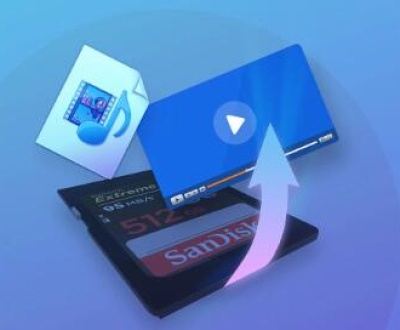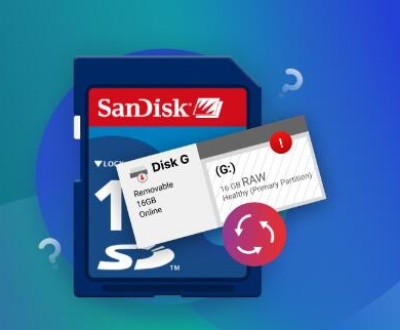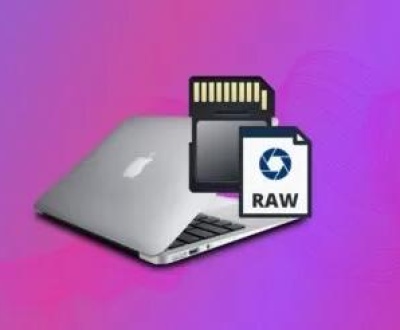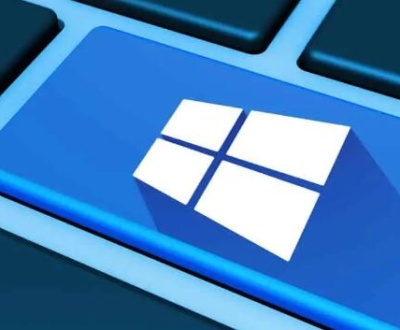Restoring deleted photos from a memory card is a common task many users face when they accidentally delete precious images. Fortunately, it is often possible to recover these deleted photos, provided the data has not been overwritten by new files.
1. Photo Deletion on Memory Cards
Memory cards are widely used to store photos, videos, and other data in digital cameras, smartphones, and other portable devices. Whether you are using a memory card in a DSLR camera or a microSD card in your phone, these devices are prone to accidental deletion of files. Deleting a photo can happen by mistake, whether it’s through a button press, formatting the card, or even the corruption of the card itself.
Fortunately, even though a photo may appear to be deleted, it is often still recoverable for a period of time. It is important to act quickly to increase your chances of recovery. The sooner you attempt recovery after deleting a photo, the higher the likelihood that you can successfully restore the image.
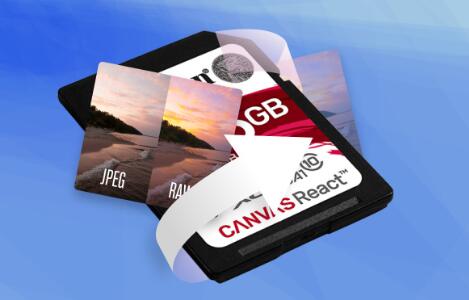
2. Understanding File Deletion and Recovery
When you delete a photo from a memory card, it doesn’t get wiped off the card immediately. Instead, the space that the file occupies is marked as available for new data to overwrite it. As long as no new data is written to the memory card, the deleted file can often be recovered using special data recovery software.
However, if new files have been written to the card after the deletion, the chances of recovering the original photo decrease significantly. This is why it’s crucial to stop using the card immediately after you notice the deletion.
3. What Happens After You Delete a Photo?
When a photo is deleted, whether through your camera, smartphone, or computer, the operating system marks the file as “deleted” and removes it from the directory. However, the data is still physically present on the memory card until it is overwritten by new files. This means that unless the space occupied by the deleted file is overwritten, recovery is possible.
However, if the deleted data has been overwritten, recovery becomes very difficult. This is why using the memory card as little as possible until recovery is attempted is essential.
4. Initial Steps After Photo Deletion
If you realize that you’ve deleted important photos from your memory card, take the following immediate actions:
Stop Using the Memory Card: Avoid taking any new pictures or videos. This is crucial because any new data written to the card could overwrite the deleted files, making recovery much harder.
Remove the Memory Card: Take the card out of the device to ensure no further data is written to it.
Avoid Formatting the Card: Formatting the card can make recovery more difficult. If the card was accidentally formatted, there are still recovery chances, but it is best to avoid it if you’re trying to recover deleted files.
Backup Data (If Possible): If the memory card still has data that is accessible, try backing it up immediately.
5. How to Recover Deleted Photos from a Memory Card Using Software
The most common and effective method of recovering deleted photos from a memory card is through data recovery software. These tools are specifically designed to scan the memory card for deleted files that haven’t been overwritten.
6. Recommended Data Recovery Software for Memory Cards
Panda Assistant is a data recovery software designed to help users retrieve lost or deleted files from various types of storage devices, including hard drives, memory cards, USB drives, and more. Whether files were lost due to accidental deletion, formatting, corruption, or system failure, Panda Assistant provides an intuitive and efficient solution to recover those important files.
One of the key features of Panda Assistant is its user-friendly interface, which makes the recovery process accessible even for beginners. Users can quickly scan their storage devices to identify and recover a wide range of file types, including documents, images, videos, and audio files. The software supports deep scanning for more complex data recovery, ensuring a higher chance of retrieving files that may seem permanently lost.
7. Step-by-Step Guide Using Recovery Software
Here’s a general guide on how to recover deleted photos from a memory card using data recovery software like Panda Assistant.
Step 1: Download and Install the Recovery Software
Download and install the recovery tool of your choice on your computer. Make sure to install it on a drive that is separate from the memory card you are trying to recover from.
Step 2: Connect the Memory Card to Your Computer
Use a memory card reader or the appropriate cable to connect the memory card to your computer.
Step 3: Launch the Recovery Software
Open the recovery software and select the memory card as the target device for the recovery process.
Step 4: Scan the Memory Card
Initiate the scan for deleted files. Most software will offer a quick scan option, which is faster but less thorough, and a deep scan option, which takes longer but is more effective at recovering lost files.
Step 5: Preview and Select Files
Once the scan is complete, the software will show you a list of recoverable files. Most tools allow you to preview the files before recovery. Select the photos you wish to restore.
Step 6: Recover the Files
Choose a destination to save the recovered files. Ensure that you don’t save the recovered files back to the same memory card, as this could overwrite the files you are trying to recover.
Step 7: Save and Backup the Files
After the recovery process is complete, save the files to a secure location, such as your computer’s hard drive or an external storage device. It’s always a good idea to back up your recovered files to avoid data loss in the future.
8. Manual Methods for Photo Restoration
In some cases, users may try manual methods to restore deleted photos. These methods are generally less effective than using dedicated recovery software, but they can be worth attempting if the situation is urgent.
Some manual methods include:
Using File History (Windows): If you have enabled File History on your PC, you may be able to restore deleted files from a previous backup.
Checking the Recycle Bin or Trash: Sometimes, photos might end up in the Recycle Bin or Trash folder if you deleted them on a computer.
9. Using Command Prompt for Photo Recovery
Another option is to use the built-in Windows Command Prompt tool to recover lost files. This method works by attempting to restore files using a command that scans the file system for recoverable files.
Open Command Prompt as an administrator.
Type chkdsk X: /f (replace “X” with the letter corresponding to your memory card).
Press Enter and allow the scan to complete.
This method can sometimes recover files, especially if there are file system issues.
10. Precautions to Take During Photo Recovery
Do Not Use the Memory Card: Once you notice photos are deleted, stop using the memory card to avoid overwriting deleted data.
Use Reliable Recovery Software: Choose trusted recovery tools that have a proven track record of success.
Backup Your Photos Regularly: To avoid future losses, regularly back up important photos to another device or cloud storage.
11. Advanced Techniques for Memory Card Recovery
In some cases, if the memory card is physically damaged or severely corrupted, data recovery may require advanced techniques, such as professional data recovery services. These services can often recover data from cards that are not readable by consumer-grade software.
12. How to Prevent Photo Loss in the Future
Regular Backups: Use cloud storage or external hard drives to back up your important files regularly.
Use Multiple Storage Devices: Instead of relying solely on one memory card, use multiple cards and rotate them to avoid data loss.
Be Cautious with Formatting: Avoid formatting your memory card unless absolutely necessary. Double-check before formatting.
Use Write-Protected Cards: Consider using memory cards that offer a physical write protection switch to prevent accidental data deletion.
About us and this blog
Panda Assistant is built on the latest data recovery algorithms, ensuring that no file is too damaged, too lost, or too corrupted to be recovered.
Request a free quote
We believe that data recovery shouldn’t be a daunting task. That’s why we’ve designed Panda Assistant to be as easy to use as it is powerful. With a few clicks, you can initiate a scan, preview recoverable files, and restore your data all within a matter of minutes.
Subscribe to our newsletter!
More from our blog
See all postsRecent Posts
- Retrieve deleted videos from sd card 2025-04-25
- How to retrieve damaged sd card? 2025-04-25
- Retrieve photos from sd card 2025-04-25

 Try lt Free
Try lt Free Recovery success rate of up to
Recovery success rate of up to

